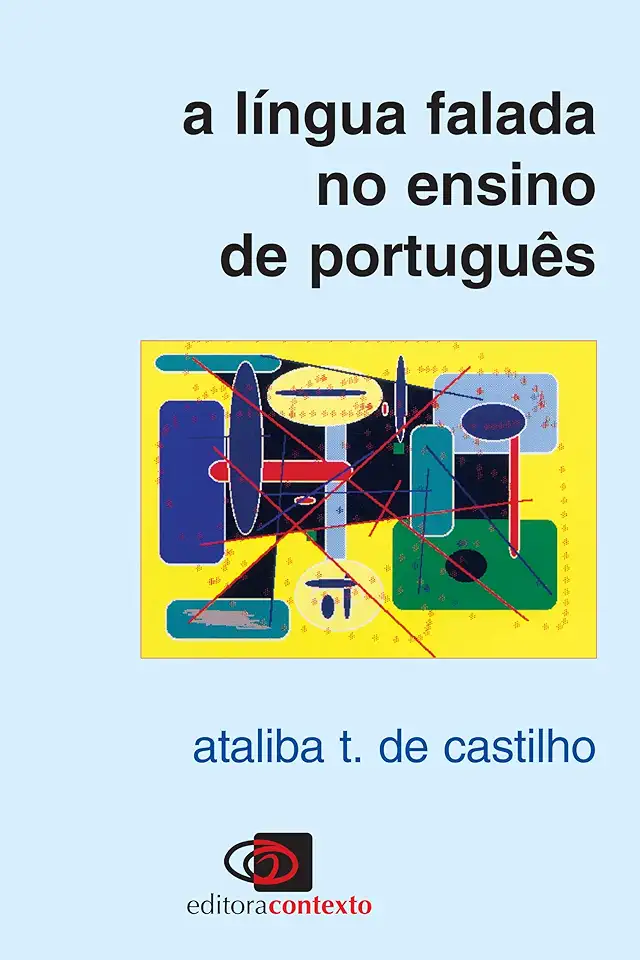
Spoken Language in the Teaching of Portuguese - Ataliba T. de Castilho
Spoken Language in the Teaching of Portuguese: A Comprehensive Guide
Introduction
In his groundbreaking book, "Spoken Language in the Teaching of Portuguese," renowned linguist Ataliba T. de Castilho presents a compelling argument for the integration of spoken language into the teaching of Portuguese. Drawing upon extensive research and practical experience, Castilho demonstrates the profound impact of spoken language on language acquisition and proficiency, making this book an essential resource for educators, language learners, and anyone interested in the effective teaching of Portuguese.
The Importance of Spoken Language
Castilho begins by establishing the crucial role of spoken language in human communication and language learning. He argues that spoken language is the primary means by which we express ourselves, interact with others, and acquire new knowledge. By focusing on spoken language in the classroom, educators can create a more authentic and engaging learning environment that mirrors real-world language use.
Benefits of Integrating Spoken Language
Castilho outlines numerous benefits of integrating spoken language into the teaching of Portuguese. These benefits include:
Enhanced listening and speaking skills: By exposing students to authentic spoken Portuguese, they develop stronger listening comprehension and speaking abilities, enabling them to communicate more effectively in real-world situations.
Improved pronunciation: Spoken language instruction helps students develop accurate pronunciation and intonation, essential for clear and effective communication.
Increased fluency: Engaging in spoken language activities enhances fluency and automaticity in speaking Portuguese, allowing students to express themselves more spontaneously and confidently.
Greater cultural understanding: Spoken language provides insights into the culture and daily life of Portuguese-speaking communities, fostering a deeper appreciation and understanding of the language and its context.
Effective Strategies for Teaching Spoken Language
Castilho offers practical strategies and techniques for effectively teaching spoken Portuguese. These strategies include:
Authentic materials: Incorporating authentic audio and video materials, such as news broadcasts, interviews, and films, exposes students to real-world language use and enhances their listening comprehension skills.
Interactive activities: Engaging students in interactive speaking activities, such as role-plays, debates, and group discussions, promotes active participation and encourages students to apply their spoken language skills in meaningful contexts.
Pronunciation practice: Providing explicit instruction and practice on pronunciation helps students develop accurate pronunciation and intonation, enhancing their overall speaking ability.
Cultural insights: Integrating cultural information and insights into spoken language lessons fosters a deeper understanding of the language and its cultural context, making learning more engaging and relevant.
Conclusion
"Spoken Language in the Teaching of Portuguese" is a comprehensive and insightful guide that underscores the significance of spoken language in language teaching. By integrating spoken language into the classroom, educators can create a dynamic and effective learning environment that empowers students to communicate confidently and effectively in Portuguese. With its wealth of research-based insights and practical strategies, this book is an invaluable resource for anyone dedicated to teaching Portuguese as a living, vibrant language.